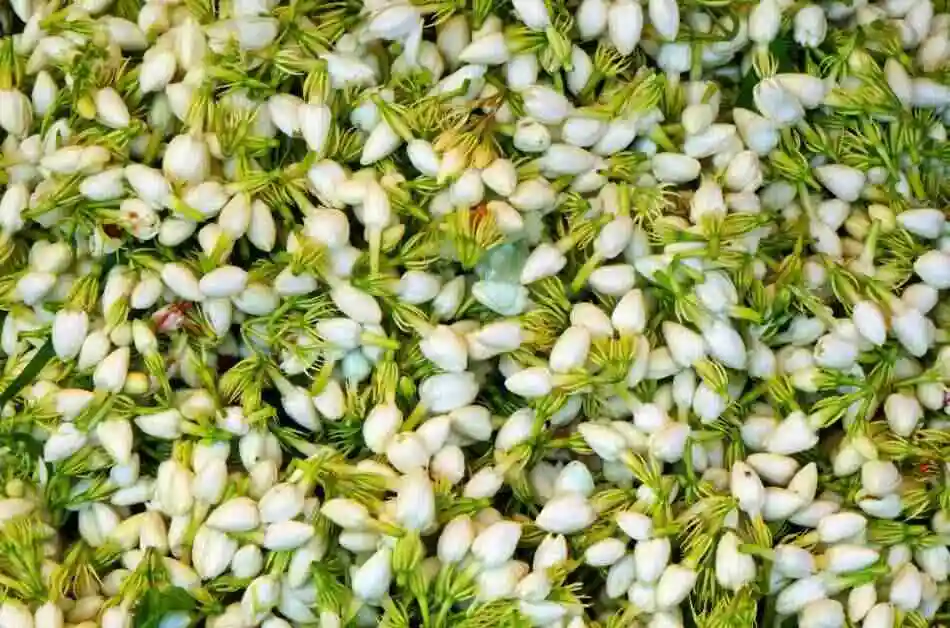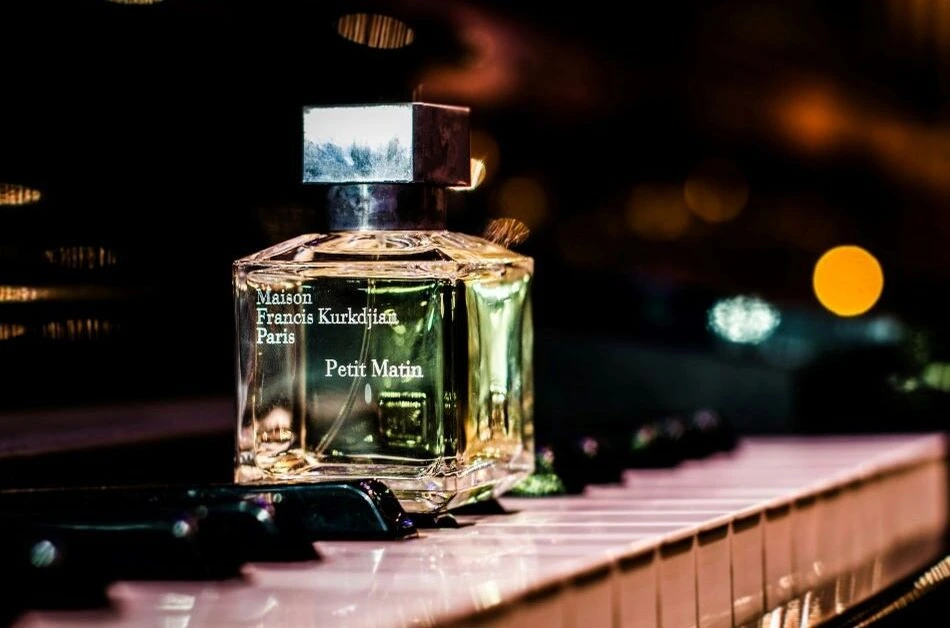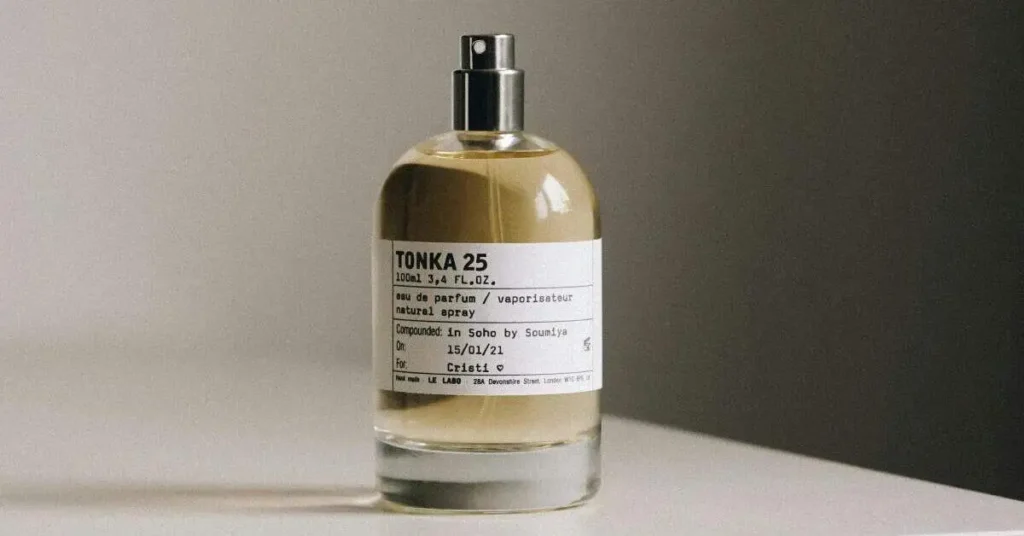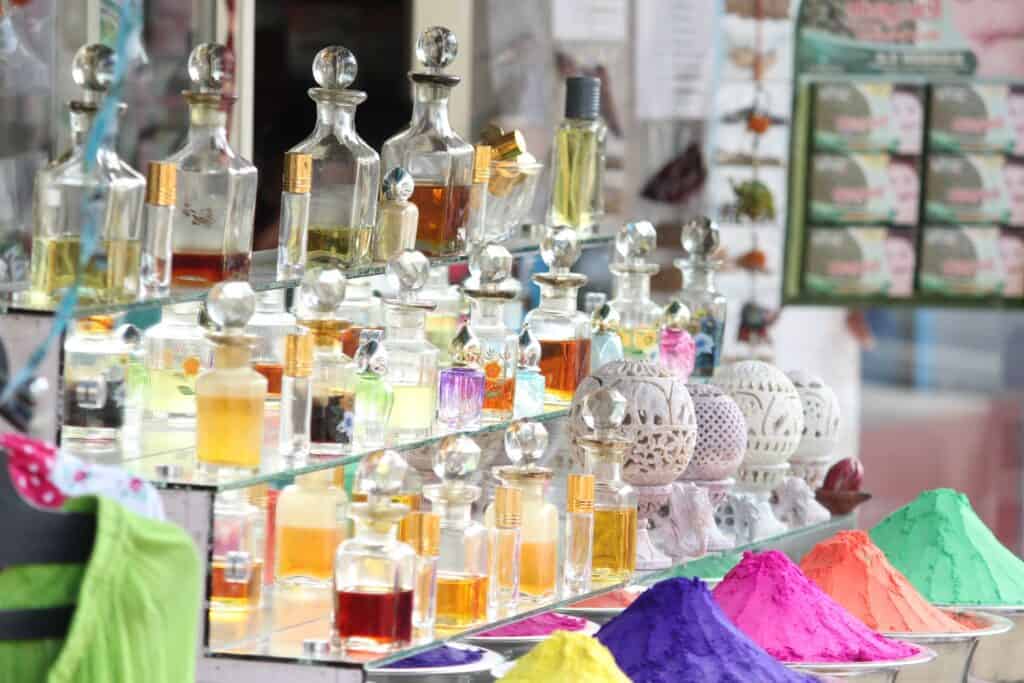The niche perfume market was supposed to be…niche. But what was once considered exclusive and limited has now become so loved and sought after that even designer brands started marketing and manufacturing their own niche/private collection. Niche perfume brand sales have started surpassing designer fragrances, making exploring niche perfumes a status to achieve for perfume lovers.
Niche perfumes are expensive because they use the highest quality ingredients, closely meet the desires and expectations of their clients and fragrance enthusiasts through real artistry, and are born as a result of intimate inspirations and authentic craftsmanship.
Behind every niche perfume brand and its collection, you will find stories behind their inspiration or a particular person for whom it was designed. Let us look into the reasons and various examples of why niche perfumes are expensive in detail.
1. Quality of Ingredients

The first reason I want to mention is the quality ingredients that perfumers or niche houses use for their perfumes. This is why niche perfumes have such defining top notes, middle notes and base notes. This means you can easily tell that the scent is transitioning/developing with time as opposed to cheaper designers or cheapies in general, where the smell either remains the same or changes once every 8 hours on your skin.
For example, Clive Christian.
By definition, Clive Christian is a niche perfume brand, but it is also often considered a perfume brand for the royals — more specifically, British royalty.
Clive Christian has been catering to the custom matrimonial perfumes for British royals — starting their journey from Queen Victoria and her husband, Albert, with matching perfumes. It means their perfumes complemented each other just like they did. The latest addition to such matrimonial perfumes by Clive Christian is for Meghan, Duchess of Sussex, who married Prince Harry.
Since these fragrances are crafted keeping in mind a famous and important personality, these brands likely go above and beyond to find rare and high-quality ingredients that accurately match the desires of the smell of a person. And since these ingredients are rare and crafted for the royals, it only makes sense that there is a sense of exclusivity and limited availability.
But when we say rare ingredient, it doesn’t necessarily mean an ingredient you haven’t heard of. For example, sandalwood is one of the most expensive perfume oils. While some sandalwood perfumes are cheaper than others, the niche houses procure superior quality oils. Having the most precious quality ingredients ensures that when you smell the perfume, it is not just the smell but an olfactory experience that reeks of quality.
Superior quality oil here means two things:
- Indian sandalwood, also known as white sandalwood, is often considered superior to red sandalwood and is notably expensive.
- Sandalwood is a plant that offers high-quality oil and works as a longer-lasting base when procured from a 30-50-year-old plant. It implies that the older the sandalwood plant, the better and superior quality.
But these trees often go through exploitation and often fall prey to illegal cutting down before their time, which also contributes to their limited nature. Sandalwood plants have to be protected so they mature to get top quality and hence must be procured with high expenses. This is later reflected in the perfume pricing.
Again, natural jasmine may come as cheap as £150 per kilo, but niche perfumers’ quest for the finest jasmine from Grasse is justified at £30,000 per kilo. And if you think it cannot get any more expensive, enters Orris, which needs six years to process and is at least three times more expensive than gold and only seems cheaper when you compare it to natural ambergris.
2. Artistic and Creative Process
Niche perfumes are different from mass-producing designers because they are targeted towards a niche market — sometimes, it means royals and celebrities, and sometimes it means creating for special clients. Sometimes, it could also mean about the perfume itself, and other times about the perfumer. But it is never about the mass market.
Niche perfumers look for creation through experiments that are not restricted by market requirements or budgets and explore their curiosities and potential as perfumers or the scent in general. This concept of niche perfumes gives perfumers creative freedom — where the resultant fragrance might be unusual to some olfactory sense, expensive, or not pleasing, and that’s okay because that was never the goal to begin with. Clive Christian believes that they are not fashionable and don’t want to be — that way, they are timeless, which is what they aim to be.
Within the artistic and creative process, one of the top requirements for a perfumer in the niche industry is to choose the ingredients carefully. With modern perfumery, perfumers have a choice of both natural and synthetic ingredients, but having natural ingredients might not always be the go-to choice for the niche perfumer.
Apart from their creative process, it’s also about the artistic vision of the perfume that will be created.
For example, the perfume Portrait of a Lady by Frederic Malle is an expression of a strong and elegant woman, Isabel Archer, the main heroine of the story Portrait of a Lady. Indeed, some stories are so passionate that they make you want to create something — a perfume if you are a perfumer. So, from what I can tell, it’s about the artistic vision and inspiration that would have given birth to something – if not a perfume. It’s not about who consumers are.
One other reason why artistic and creative processes can be expensive is that in search of new scents through science and technology, perfumers or brands spend a lot. Years of research go into the creation of new scents that smell nothing like those found in nature, or sometimes, an expensive technique to extract scent from ingredients — which contributes to the price of the perfume.
3. Packaging and Presentation
Let’s talk about Clive Christian again!
Clive Christian perfumes’ designs give off the vibe of sophistication and luxury. These are not merely chosen because they look good. Clive Christian No.1 Imperial Majesty is one of the good examples of why the packaging and presentation of niche perfumes contribute to the high prices.
Now Clive Christian No.1 Imperial Majesty is the most expensive perfume in the world. Clive Christian, the owner and designer, believes that what you see and feel must go along with what you are about to smell. This perfume bottle has a precious natural gem on its collar of the bottle — an indicator that whatever you are going to smell out of that bottle is as extraordinary as the design and presentation of the bottle.
In 1872, Queen Victoria herself granted her crown to be adorned in every bottle.
While some other niche perfume houses — like Le Labo, Maison Francis Kurkdjian, etc., often have minimalist packaging — don’t present as much sophistication in their packaging, their special aesthetics and presentation still contribute highly to the high prices of the perfume.

Niche perfume bottles are not just bottles that hold liquid elegance but also bottles that you want to showcase in your collection.
Another great example to talk about on this point is Atelier Des Ors perfumes. This niche brand works with master gold gilders, so in each bottle of Atelier Des Ors perfume, we have 24K gold flakes. The usage of gold flakes is a promise to anyone who comes across the bottles that whatever is inside is as valuable and rich as gold, and then some more.
Additionally, the bottle design has an elegance about it too. While seemingly it might not be the best of designs for casual consumers, a master artist will see fine crystal-cutting techniques reflected in the embossed rays on every glass bottle of Atelier Des Ors.
4. Marketing and Brand Image

Think of all these brands — Clive Christian, Roja Pafums, Le Labo, Maison Francis Kurkdjian, etc. Does anyone who is closely keeping up with the perfume world expect their products to sell for $50 or less? Hardly. Because everyone knows these brands are expensive as they position themselves as luxury brands.
Having said that, niche brands don’t advertise a lot, and when they do, their focus is on the fragrance. As opposed to designer fragrances, where the focus can be on the consumers, too.
Indeed, exclusivity is a key selling point for niche fragrances. By setting their price points at a premium level, these brands create an aura of rarity and desirability around their products. Affluent clients are often drawn to the idea of owning something that not everyone has, elevating the experience of wearing the fragrance beyond mere scent appreciation.
So, the pricing strategy of niche brands is intricately tied to their quest for exclusivity and rarity. By maintaining high price points, they ensure that their fragrances remain coveted and sought after.
Conclusion
The birth of niche perfumery goes back to the 1970s, but only in the 2000s did it become recognized within the fragrance world. With blogs, reviews, directories, and discoveries, niche perfumery started becoming a curiosity to the general fragheads, too.
From debates and discussions surrounding whether niche perfumes are worth the money, you get to have a lot of insights from these forums and blogs. While beginner niche perfumes have a different experience to offer you, it is up to you whether you decide to spend your money on niches over designers.


